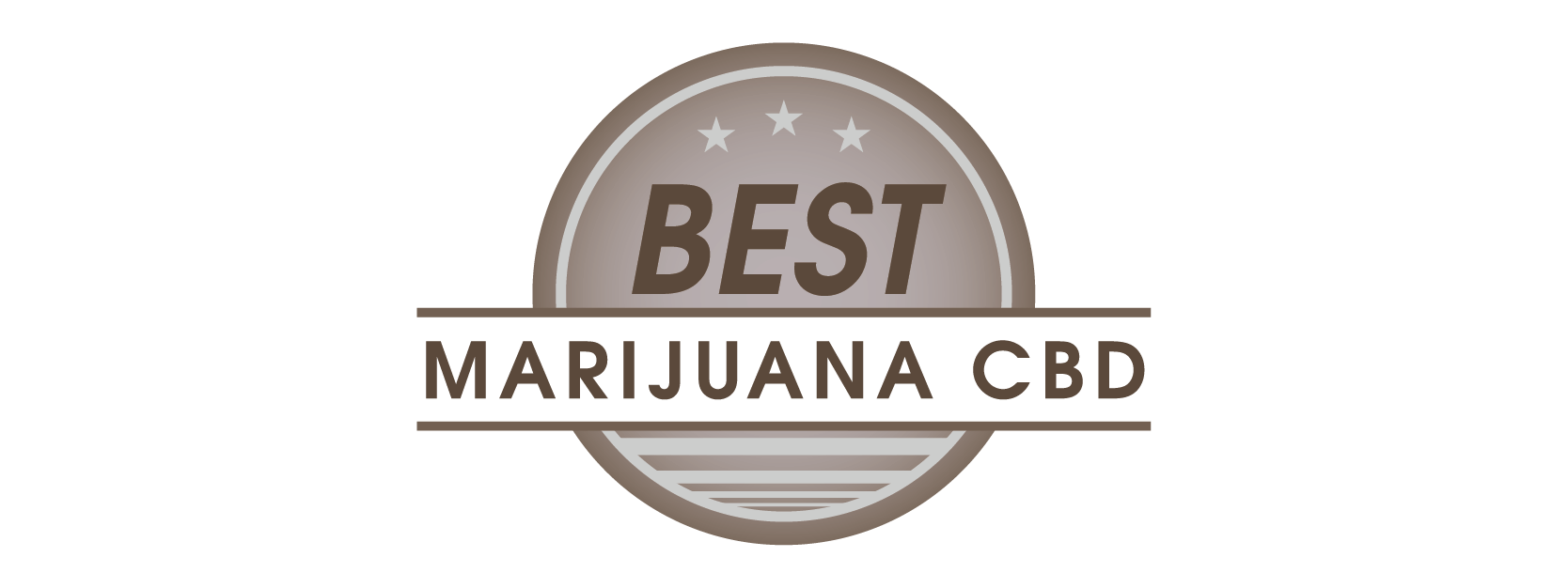With the continued growth and popularity of CBD, consumers are faced with a key decision: buy CBD online or in brick-and-mortar stores? Both options offer unique advantages and drawbacks, and understanding the differences can help shoppers make informed, confident purchases in an industry that still lacks full federal regulation.
Accessibility and Convenience
One of the most obvious benefits of buying CBD online is convenience. Consumers can browse hundreds of brands and formulations from the comfort of home, often with detailed lab reports, reviews, and educational content at their fingertips. According to a 2023 report by Grand View Research, e-commerce sales of CBD products have surged due to the growing demand for wellness items and accessibility across state lines.
Online retailers also tend to offer a broader range of products—everything from CBD oils, gummies, and topicals to more niche items like pet treats or bath bombs. Physical stores, on the other hand, are often limited by shelf space and regional demand, meaning shoppers may not always find the same variety.
However, the downside of online shopping lies in trust. Without physically seeing or smelling the product, consumers must rely heavily on digital information and third-party testing certifications. This makes it crucial to look for brands that provide Certificates of Analysis (COAs) from accredited labs. These documents confirm that the CBD content matches what’s on the label and that the product is free from harmful contaminants like heavy metals and pesticides.
In-Store Shopping: Personal Experience and Immediate Access
Shopping in-store provides something online retailers can’t replicate—personal interaction. Many wellness boutiques, dispensaries, and pharmacies that carry CBD products employ knowledgeable staff who can guide new users toward appropriate formulations and dosages. For beginners, this hands-on advice can be invaluable.
Physical stores also allow consumers to examine packaging, read ingredient lists, and sometimes sample non-ingestible items like topicals or balms. According to the Brightfield Group, consumers who prefer in-store purchases often cite trust and instant gratification as their main reasons—they can take the product home immediately and feel more confident about its authenticity.
However, in-store selections may not always include the latest product innovations or specialized blends found online. Additionally, retail markups can make in-store purchases more expensive due to overhead costs and limited bulk deals.
Product Authenticity and Regulation
Since the 2018 Farm Bill legalized hemp-derived CBD with less than 0.3% THC, the market has exploded—but regulation still lags behind. The U.S. Food and Drug Administration (FDA) continues to monitor misleading CBD marketing and product safety claims but has yet to issue comprehensive federal guidelines. As a result, consumers must do their own due diligence, whether shopping online or offline.
When buying CBD online, check for transparency: does the brand list where its hemp is sourced, provide lab testing results, and disclose cannabinoid content? Reputable online retailers like Charlotte’s Web, Lazarus Naturals, and Medterra are known for these practices. In contrast, some lesser-known brands may cut corners or mislabel potency.
In-store, consumers should still ask for COAs or verify QR codes on product packaging. If a retailer cannot produce a lab report, that’s a red flag. Trusted stores are usually proud to show this information.
Pricing, Promotions, and Loyalty
Online CBD retailers often provide discounts, subscription programs, and seasonal promotions. Free shipping and first-time buyer deals make it easier for consumers to test products affordably. In-store shops, while more personal, rarely match the same range of online discounts.
However, brick-and-mortar stores may host local promotions, community events, or offer loyalty rewards for repeat customers—benefits that foster local relationships and trust.
The Bottom Line
Both online and in-store CBD shopping can be safe and satisfying experiences when consumers take the time to verify product quality. The best approach often combines both—research products online to understand ingredients and lab results, then visit a trusted local retailer for hands-on guidance.
